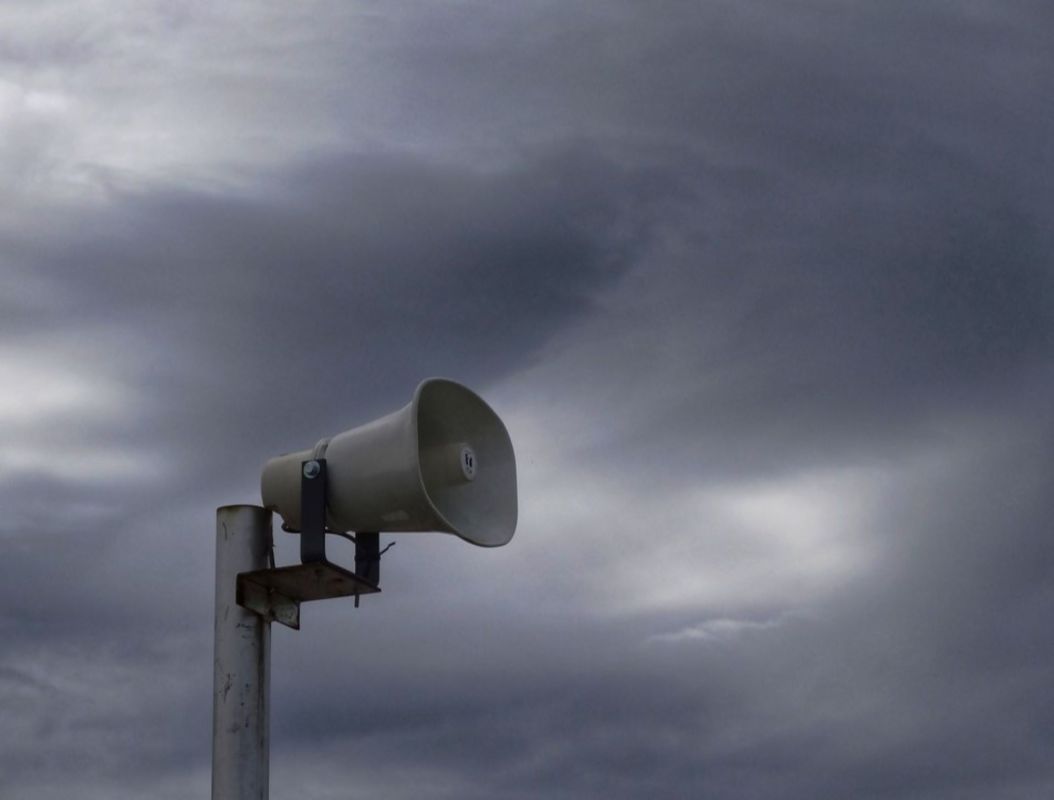Human-caused pollution has resulted in extreme weather events. Hurricanes, tsunamis, blizzards, tornados, and more have become more frequent and more intense.
In response, a team of engineers developed a first-of-its-kind software that can predict where a natural disaster might occur and make suggestions for steps inhabitants should take to protect themselves.
The civil engineers from Monash University in Melbourne, Australia, named the software GeoXPM. In a press release, they describe it as "the world's first, fully functional continuum particle-based software" that can "predict where a disaster like a landslide, avalanche or [mining embankment] dam failure could potentially occur … and suggest design changes that could avert loss of life."
The team also included a visualization of how the software works using the real-life Bingham Canyon mine landslide that took place in 2013. Scientists called the incident "probably the biggest nonvolcanic slide in North America's modern history."
"Modeling worst-case scenarios and understanding them in detail allows us to design counter-measures that can minimize loss of life and damage," explained associate professor Ha Bui, the leader of the project.
GeoXPM can recreate responses to disasters that have already happened, but more importantly, its real purpose is to predict them in time for people to evacuate the area, take steps to save whatever they can, and find ways to prevent or minimize them.
"The modeling software can inform the design of countermeasures such as buffers and secondary dams that can divert moving geomaterials in the event of failure, channeling them away from populated areas and vital infrastructure," the release said.
While many people remain hopeful that we can reverse the pattern of increasingly severe and unpredictable extreme weather events by ending our reliance on dirty energy sources such as burning gas and oil, it seems that these types of disasters are going to be a big part of the near future — which means that new technologies like GeoXPM could potentially help to save lives.
Join our free newsletter for weekly updates on the coolest innovations improving our lives and saving our planet.









